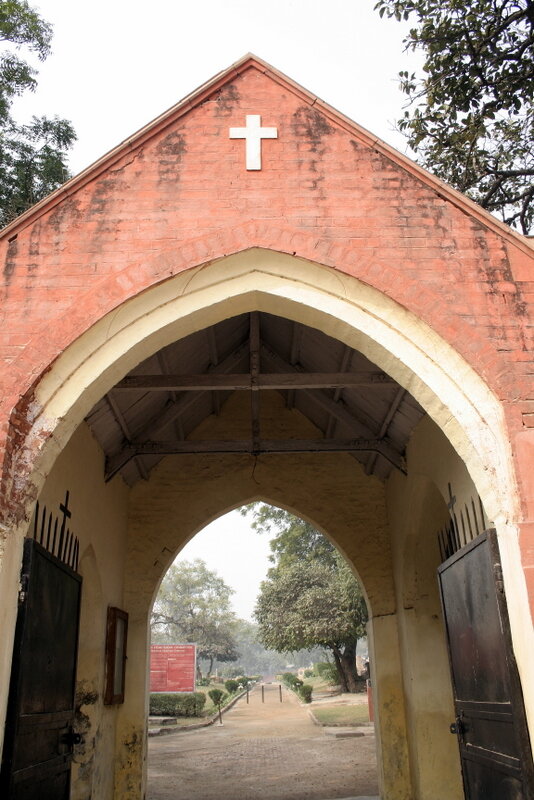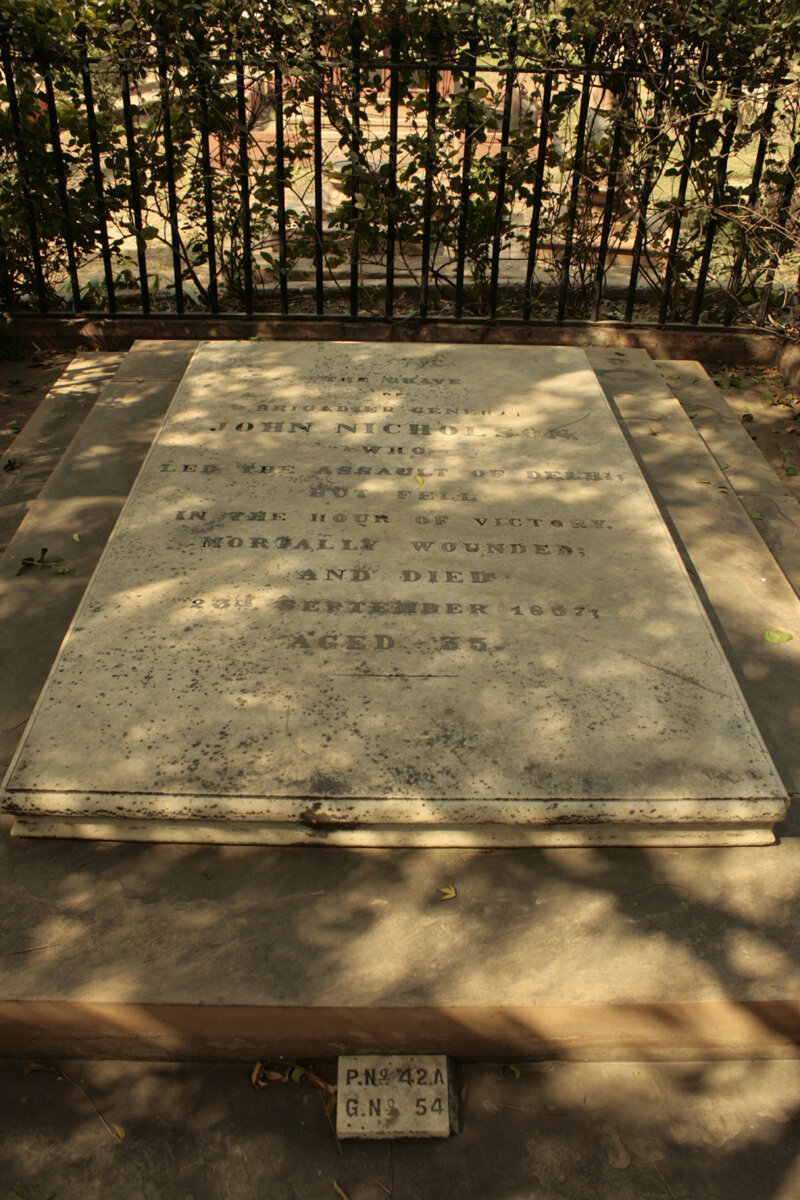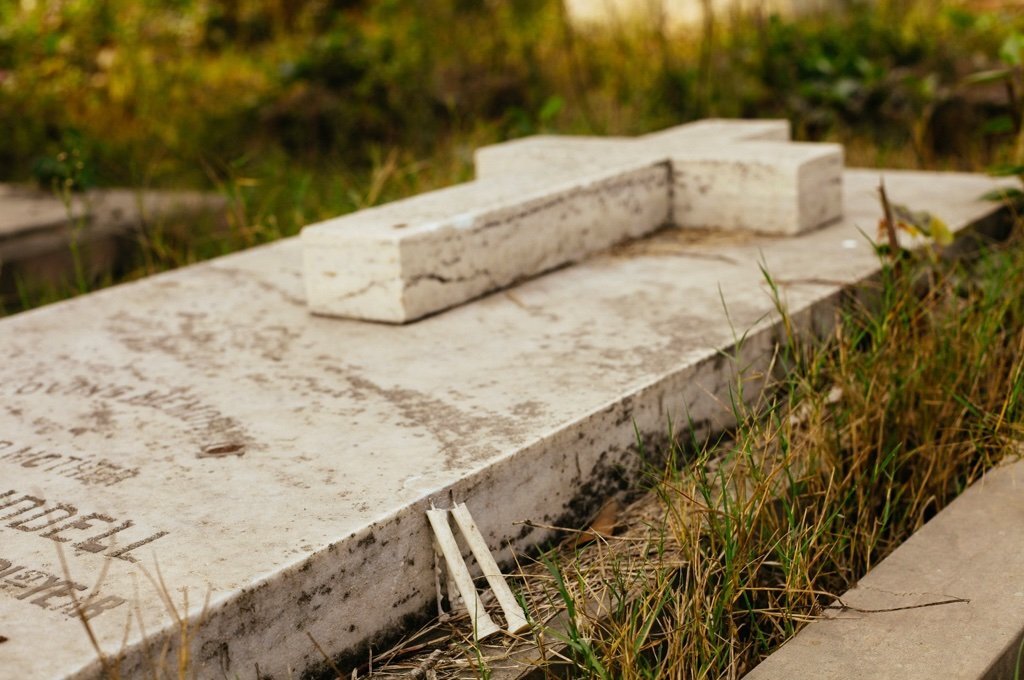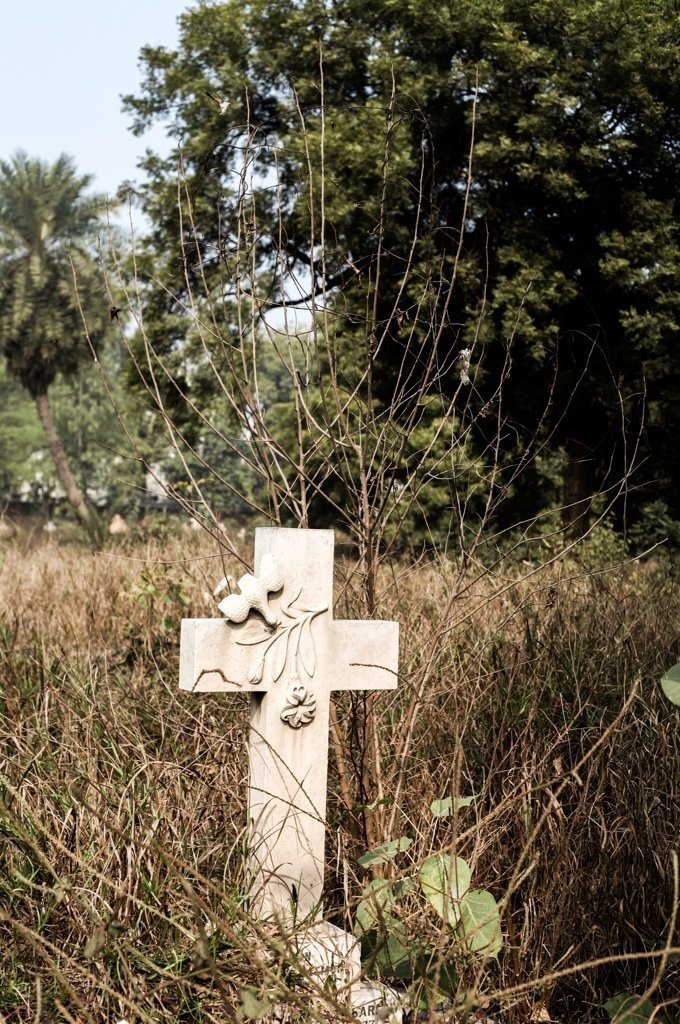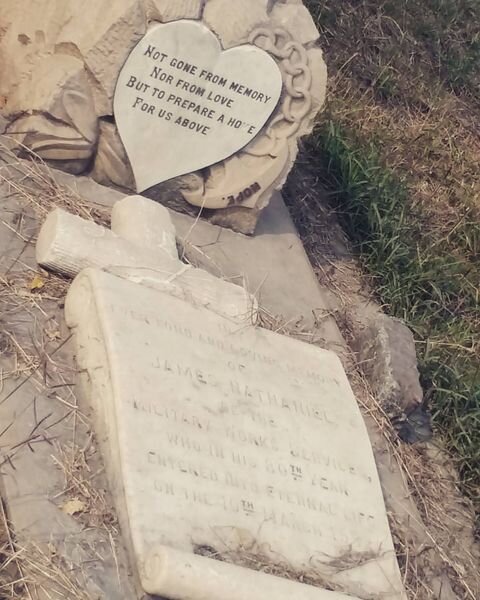CEMETERY LIE-INS
Where do modern cities in India place cemeteries and graveyards? Especially ones that sit uncomfortably on memories of a bloodied, colonized past. Are they just a play-field for revisionist historians, taphophiles and bhoots? The ghost aunty in white who waylays men, the orphan child seeking his parents, the spurned lover crying out to his sweetheart, whispering trees and the invisible gaze have been part of our grave imaginations. If nothing else, it exposes our own fascination with everything dark and under!
And when majority population cremates and believes the act frees the dead from the physical world whilst burying doesn’t, is it even a wonder that most ghostly activities on a new moon night find their way to burial spots?
Our walk ‘Of ghosts, ghouls and graveyards’ around Kashmere Gate was a result of my fascination with cemeteries and graveyards spanning more than two decades for our house lay somewhere off-centre between a Cemetery and a British India Bazaar. These were treasured places, colonial landmarks really that defined a certain pocket - a sociology. I learnt my first two lessons on the subject here. One, they were places of unsuccessful dates especially if your fascination of gravestones, epitaphs and the dead in general was far greater than the lanky boy by your side, who turned white at your suggestion of eating a packet of chips and sharing a Thumbs Up (extent of dating then!) beside an old grave that read “for he was a jolly good fellow…”
The second, and perhaps more lasting lesson. was that though a graveyard is a type of cemetery but a cemetery is not a graveyard. Often used interchangeably, graveyards are typically part of a churchyard used for burials. At first, most burials took place in graveyards but with growing population new places for burying people, independent of graveyards, were built. Napoleon Bonaparte was the first to decree landscaped cemeteries in 18th Century Paris. The first opened in 1804. The word cemetery itself comes from the French word ‘cimitiere’ which means a graveyard and the root Greek word ‘koimetrion’ or sleeping place.
THE GHOST OF NICHOLSON
The Nicholson Cemetery is not on any popular to-do or to-see list in Delhi because it lies in a part of the city made irrelevant, as new ‘Delhis’ have cropped up elsewhere. Named after Brig. Gen. John Nicholson and built in the aftermath of Sepoy Mutiny of 1857 or the First War of Indian Independence, it lies silently beside Kashmere Gate Metro Station Gate No.4. The numbers killed in 1857 were so many that there was a need for a new cemetery and the area outside the Kashmere Gate, which had seen a lot of bloodshed, was chosen. Nicholson was the first to be buried here. It is said that one can still see the ghost of headless Nicholson galloping through the cemetery on his otherworldly steed. Strange, for he had been shot in the chest and died with his head pretty much intact…
At that time, Nicholson was hailed as the hero who breached the defences of the rebels, controlling the walled city, sustained injuries and succumbed to them –only after he had heard of Delhi’s capture by the British. Such was his aura that there was a religious cult after him called Nikal Seyn considering him an incarnate of Vishnu. He had such contempt for natives that he was furious at their attempt to worship him.Today, he is inafmous as the ultimate racial psychopath who despised Indians. In his words, “ I can inflict most excruciating tortures with perfectly easy conscience.”
Unpleasant or otherwise, Nicholson Cemetery is a repository of memory that shouts out to be preserved. It is part of our colonial past. It came under a lot of storm when Group 4 Securior, A British Company, funded its restoration in 2006 and the word went around that the act was an “insult to Indians who died in the First War of Indian Independence”. But as someone said “One doesn’t need to settle scores with history.”
GRAVEYAR(T)
Galloping ghosts apart, Nicholson Cemetery is a non-denominational space where you come face to face with unexpected architecture, silent stories, shared open space, and a wild flora. What catches your attention the minute you step in are the Epitaphs that tell a story in poetry – of love, romance, comfort and grief. Here are a few:
“Born on earth, Bloomed in Heaven”
“An angel took our flower away, Why should we then repine.
For Jesus on his bosom wears, A flower that once was mine.”
Possibly written for the untimely death of a child or the one for a much loved wife and mother. There is a story of a little ghost boy wandering around the cemetery asking about his parents.
Many graves just read “Jesus Says Weep Not” or “Thy Will Be Done” or yet others hold descriptions of the personalities of the dead or even their death. A large number of graves bear “Deo Notus” or known only to God. These are graves of soldiers who died anonymously in 1857.
Nicholson Cemetery’s art moves from words to visual as you wander around seeing the different headstones, Celtic Crosses, ornate symbols and statues. They not only stand as a form of art but also give an insight into sociology, as certain symbols can be associated with society, status, personality and religious identity. For example an anchor stands for an Ancient Order of United Workmen, Eagle for military career, Lamb for children etc. Gravestone carvings, Gothic keystone heads, poems, bright bougainvillea, trees, wild grass both unsettle and overawe as they hide the fragility of life that cemeteries stand for.
The newer part of the Nicholson Cemetery is far more homogenous than the older part with rectangular black and white marble/ stone slabs over the graves - the divide unmissable and the loss visually evident. It is that urban space that Nicholson Cemetery occupies. A silent, marginalized one, hemmed by development (read construction), noise and chaos of our growing city. Did someone say RIP? Ha!
Cemetery Chill. Image Courtesy: Vaydehi.k
About the Walk
‘Of ghosts, ghouls, and graveyards: stories from six feet under’ is not a paranormal, ghost walk - that was how every call was returned in 2017. It was knowing more about the ghost of Sepoy Mutiny of 1857 that lurks in Kashmere Gate with a special thrust on Cemeteries - their place in history, an unsettling presence, art and of course, allure. The bit mentioned here is part of a longer narrative and hopefully it gives one a window into the walk. There are individually-multiple ways in which one can look at this pocket —-this was our Beyond version.


